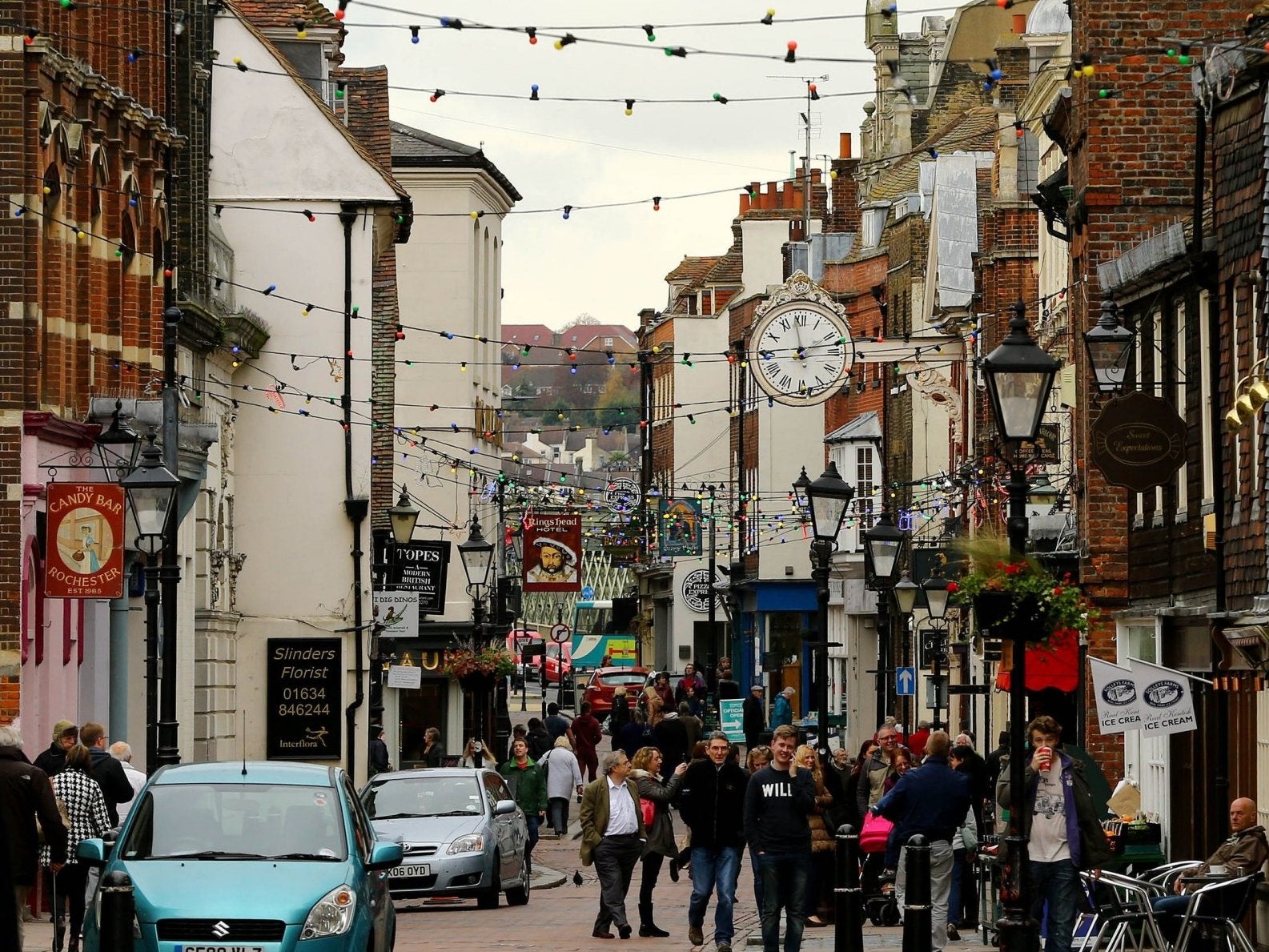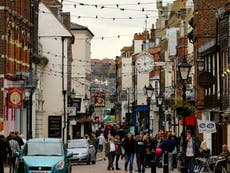The solution for our ailing high streets? Local shops for local people
John Timpson’s recommendations for the high street are broadly correct. We need more regeneration and less gentrification


If the health of the high street is the litmus test for the state of the nation, 2018 has been a sobering year. Major retail failures throughout the year – House of Fraser, Maplins, Toys R Us, Poundworld – foreshadowed a grim pre-Christmas trading period in which footfall on the high street declined for the 12th month in a row, leading to predictions of the quietest festive period since the financial crisis of 2007.
Apocalyptic narratives abound as we are told of deserted high streets populated by shoppers wracked with pre-Brexit anxiety, shuffling around in a desultory fashion in search of a bargain only to end up ordering online. With 14 shops closing every day in the UK throughout 2018, the prognosis for the high street in 2019 is grimmer than ever.
We all know how we got here: the relaxation of planning laws in the 1980s that accelerated the emergence of out-of-town retail parks, the arrival of Amazon in 1998, the credit crunch of 2008. But no one seems quite sure of what to do to reverse the terminal decline. There’s been no lack of soul-searching, and multiple reviews led by leading retail analysts, ranging from the hard-nosed analysis offered by Bill Grimsey, former Wickes and Iceland CEO, through to the more fanciful prognosis offered by Mary Portas, self-styled Queen of Shops.
These have prompted a range of headline-grabbing initiatives designed to promote small business and “High Street Heroes”, but the majority have been underfunded, poorly targeted and superficial sticking plasters rather than the shot in the arm the high street so badly needs: did anyone really think the Portas Pilots would actually pave the way to a retail renaissance?
In this sense, few of us were awaiting the latest review of the high street, led by Bill Timpson, chairman of the eponymous key-cutting service, with much sense of optimism. The report itself is a flimsy one – just 13 pages – with some of its suggestions bordering on the obvious (the advocation of reduced parking charges a case in point).
One of its central ideas – a “High Street Perfect Day” – implies deterministically that graffiti and litter on our high streets has put off shoppers for the past decade, and that removing this will bring them back in droves. If only it were that simple. But – whisper it – The High Street Review also makes some sensible recommendations, not least the idea that high street regeneration needs to be locally-led, and matched to the needs and wants of local communities. Timpson calls this “upside-down government”: others might call this the type of social innovation that we need more of at the moment.
As I detailed in my recent book The Battle for The High Street, the problems with previous reviews of retailing is that they have too often offered a blueprint for retail regeneration which imagines the only way to revive failing high streets is to go upmarket and appeal to the discerning middle-class consumer. Portas, for example, offered a virtuous vision of farmer’s markets, organic delis, vintage boutiques and craft stalls. More generally, exemplars offered of successful high streets have tended to be those characterised by this type of bohemian, up-scale retailing: crunchy, green and “foodie” small town destinations like Whitstable, Ludlow or Holmfirth that have resisted the superstores and championed local produce.
Wandering down these idealised high streets, with their mixture of chic eateries, independently-run hipster cafes, and pop-up boutiques, perhaps we are all fooled into thinking this represents true urbanity because it appears so bohemian, not bourgeois, and seems to signal cultural acceptance, diversity and opportunity. But lest we forget, this diversity is only available to those who can afford it, and suggesting this mix of retailers is the panacea for the high street the length and breadth of the country is to advocate for their gentrification, not their regeneration.
So while there is plenty to be sceptical about in the latest high street review, there’s also much to be praised: while its predecessors encouraged the removal of “unhealthy” and “unsightly” bookmakers, charity shops and discount stores, Timpson argues against a “one-size fits all” solution and doesn’t set out the mix of businesses he thinks should characterise the high street of the future. Instead, by advocating that local people are empowered to make high streets in their own image, he underlines what many critical commentators have been saying for years: urban regeneration needs to be community-led.
Phil Hubbard is professor of Urban Studies at King’s College London





Join our commenting forum
Join thought-provoking conversations, follow other Independent readers and see their replies